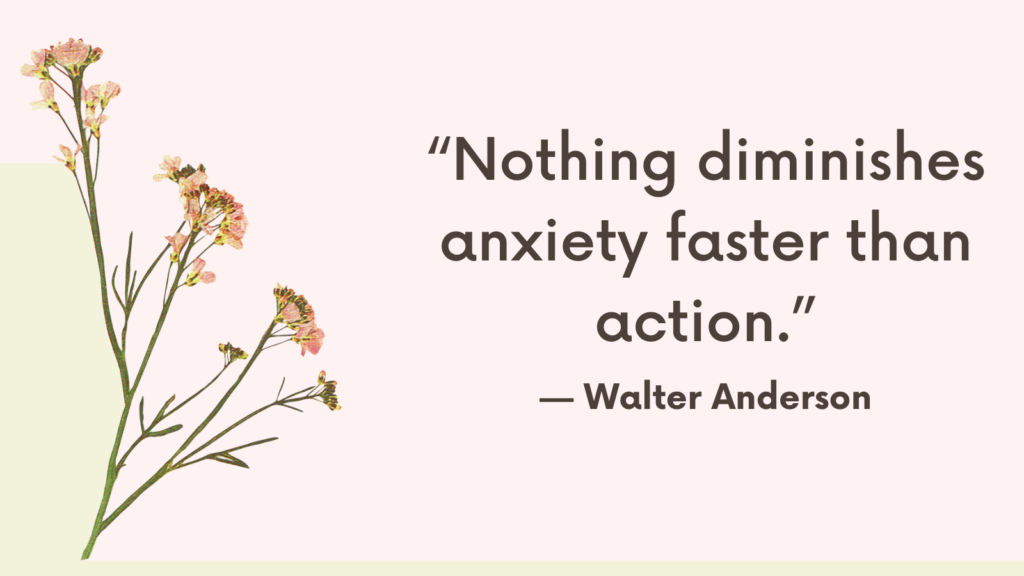Mind wandering, also known as stimulus-independent thought, occurs when your thoughts drift away from the task at hand.
This kind of random, unintentional thinking happens in the default mode network (DMN) of the brain.
While occasional mind wandering can be harmless, excessive mind wandering can lead to increased anxiety and unhappiness.
This guide will explore the impact of mind wandering on mental health and provide strategies to reduce it.
What Is the Default Mode Network?
The DMN is a network of interconnected brain structures responsible for mind wandering and spontaneous thoughts.
It activates when you are not focused on a specific task, allowing your mind to drift to past experiences or future possibilities.
This is similar to having a television on in the background – it fills mental space without demanding full attention. (source)
Related: How To Stop Worrying And Fall Asleep?
Impact on Mental Health
For individuals with anxiety, the DMN is often overactive, leading to self-critical and judgmental thoughts.
This overactivity contributes to rumination (repeatedly thinking about negative events) and intrusive thoughts (unwanted, distressing thoughts that forcefully enter your mind).
Both can significantly impact mental well-being.
Strategies to Reduce Mind Wandering
1. Meditation
Meditation is a powerful tool for controlling thoughts and reducing mind wandering.
It helps build mental focus and attentional control, which can keep the DMN turned off.
Practicing meditation regularly strengthens the brain’s ability to stay present and reduces anxiety and depressive rumination.
2. The Body Scan Exercise
A simple meditation technique to start with is the body scan.
Focus on different parts of your body systematically, starting from your feet and moving up to your head.
Engage all your senses in the observation, noticing how each body part feels, whether it’s touching something, or if there’s any warmth or cold.
If your mind wanders, gently bring it back to the body part you’re focusing on.
Related: Top 3 Reasons We You Worry and How to Stop Worrying
3. Physical Exercise
Regular physical exercise stimulates nerve growth and promotes neuroplasticity.
Exercise helps create new pathways and connections in the brain, enhancing mental resilience and reducing the impact of anxiety and depression.
4. Structured Planning
Having a clear plan for your tasks can help keep your mind focused on the present activity.
Break tasks into smaller, manageable chunks and create a to-do list. Allocate specific times for each task and follow the schedule.
5. Pomodoro Technique
This time management method improves focus and productivity by alternating periods of work and short breaks.
Work for 25 minutes, then take a 5-minute break. After four cycles, take a longer break of 15-30 minutes. Use a timer to stay on track.
Related: How to Use Scheduled Worry to Relieve Anxiety?

Conclusion
Excessive mind wandering can negatively impact mental health by increasing anxiety and unhappiness.
However, you can reduce mind wandering and improve mental well-being.
By taking control of your mental experiences, you can foster a healthier, more focused mind.



